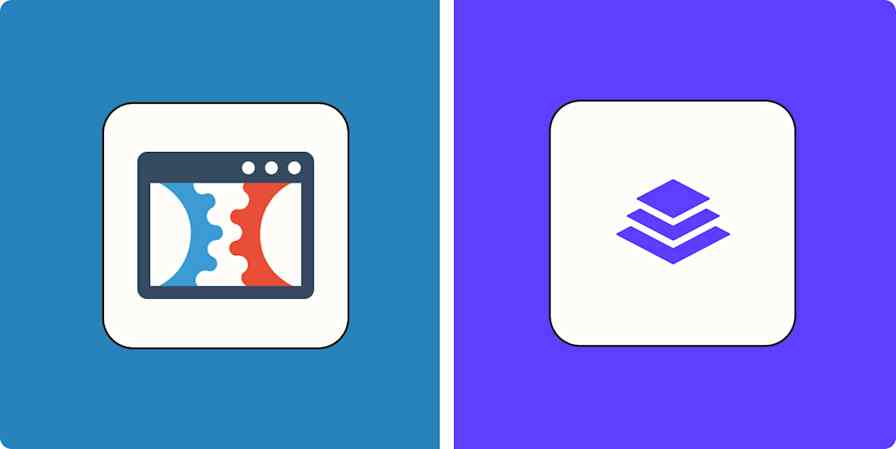Business tips
8 min readUser personas: One of the best tools for understanding your customers
By Hannah Herman · January 29, 2025

Get productivity tips delivered straight to your inbox
We’ll email you 1-3 times per week—and never share your information.
tags
Related articles
Improve your productivity automatically. Use Zapier to get your apps working together.








